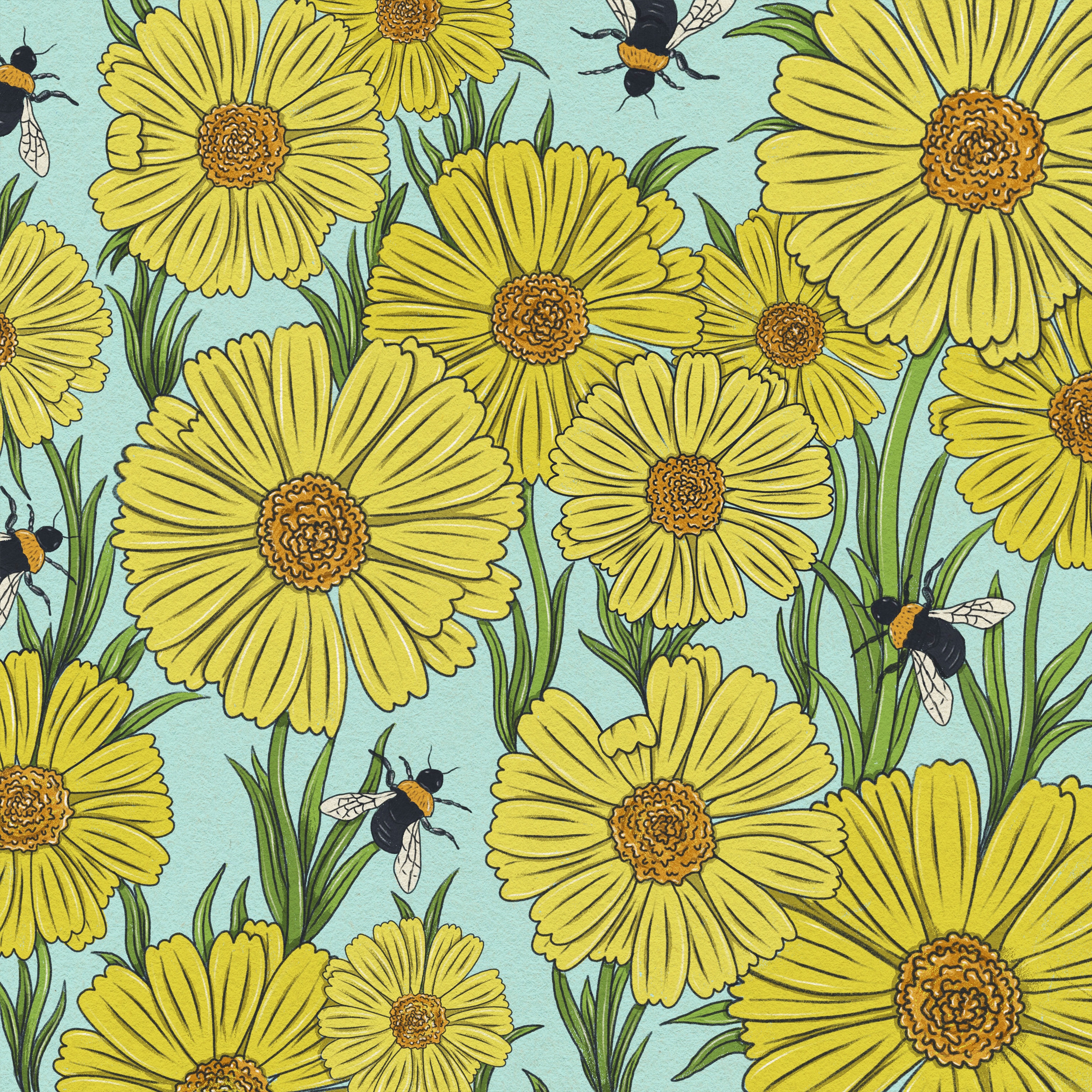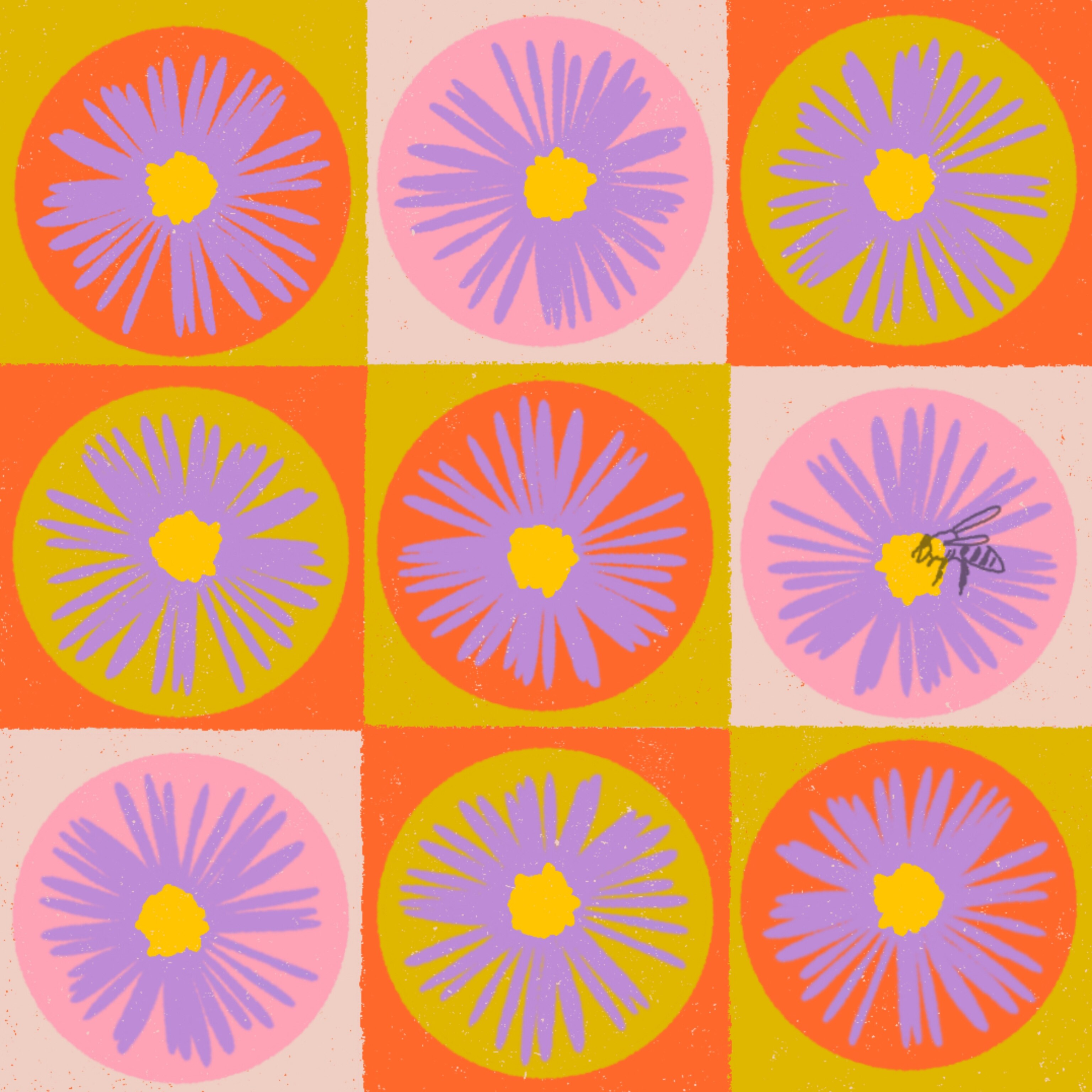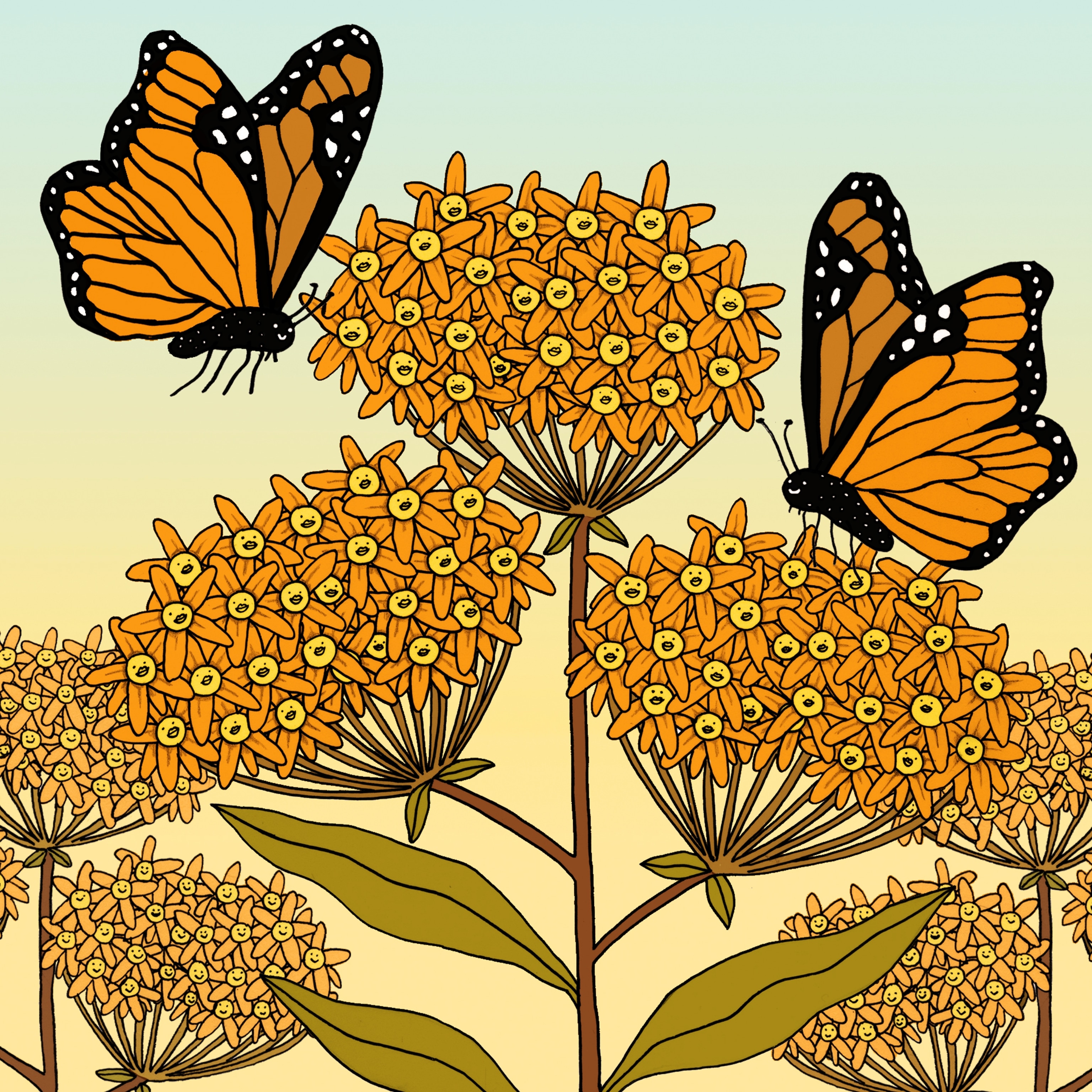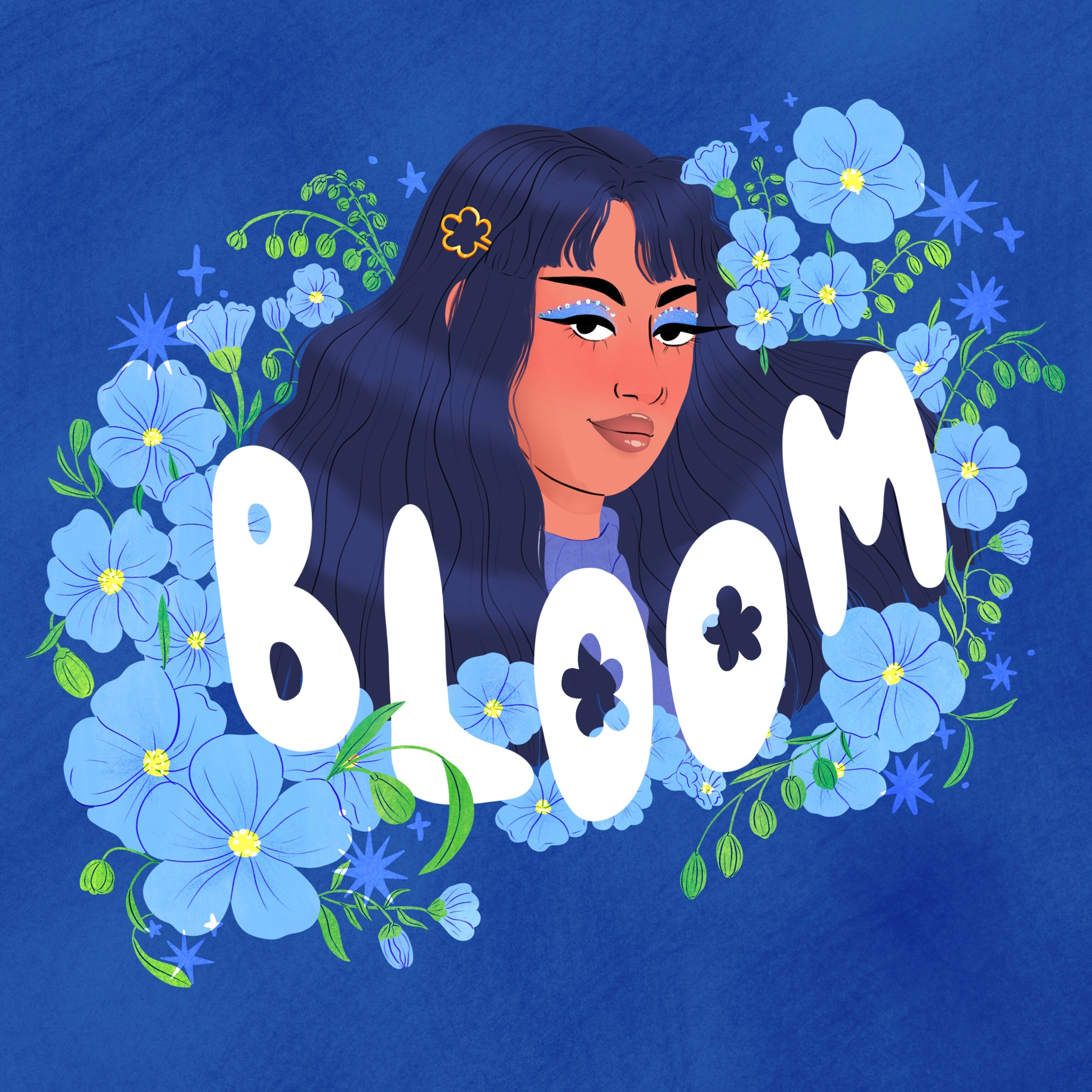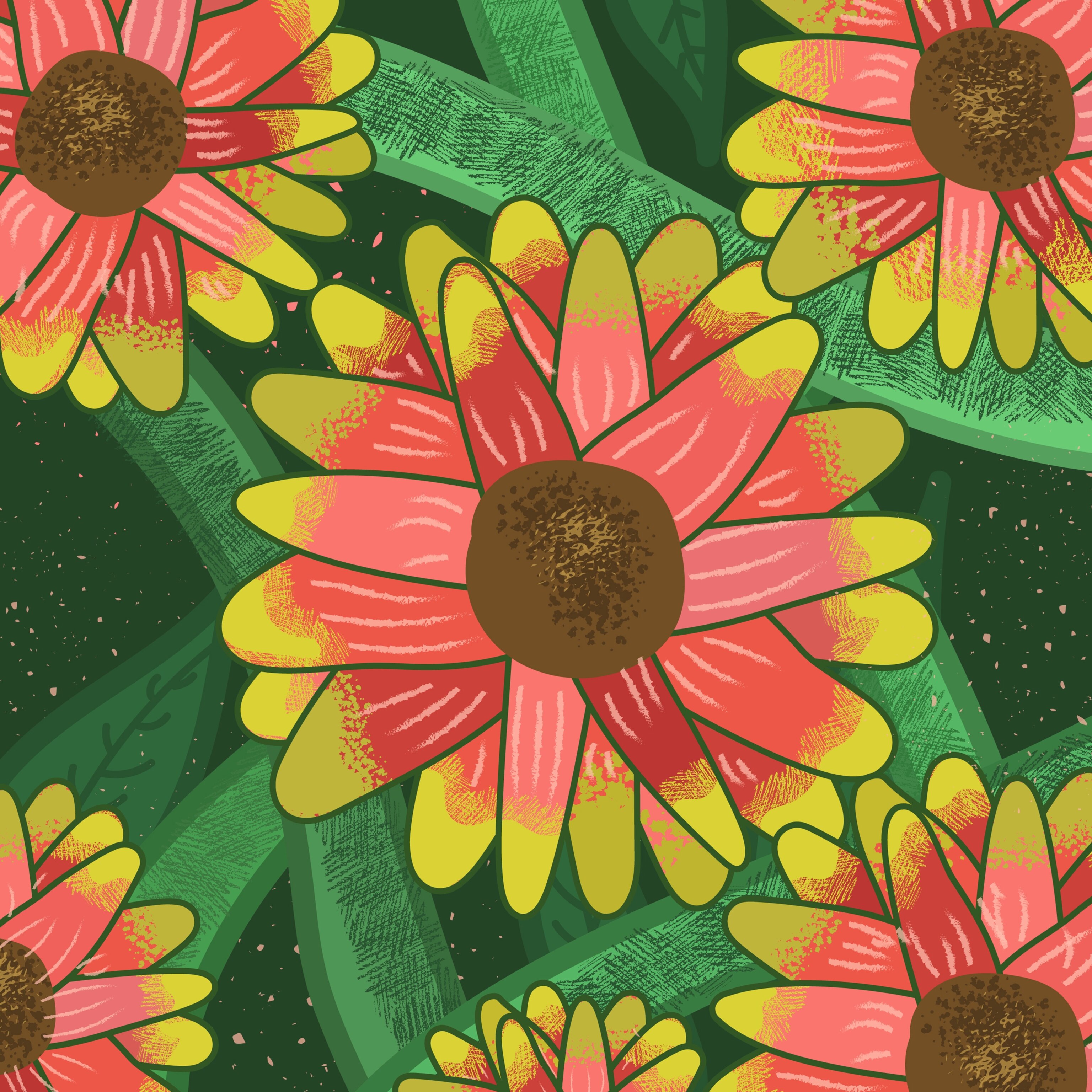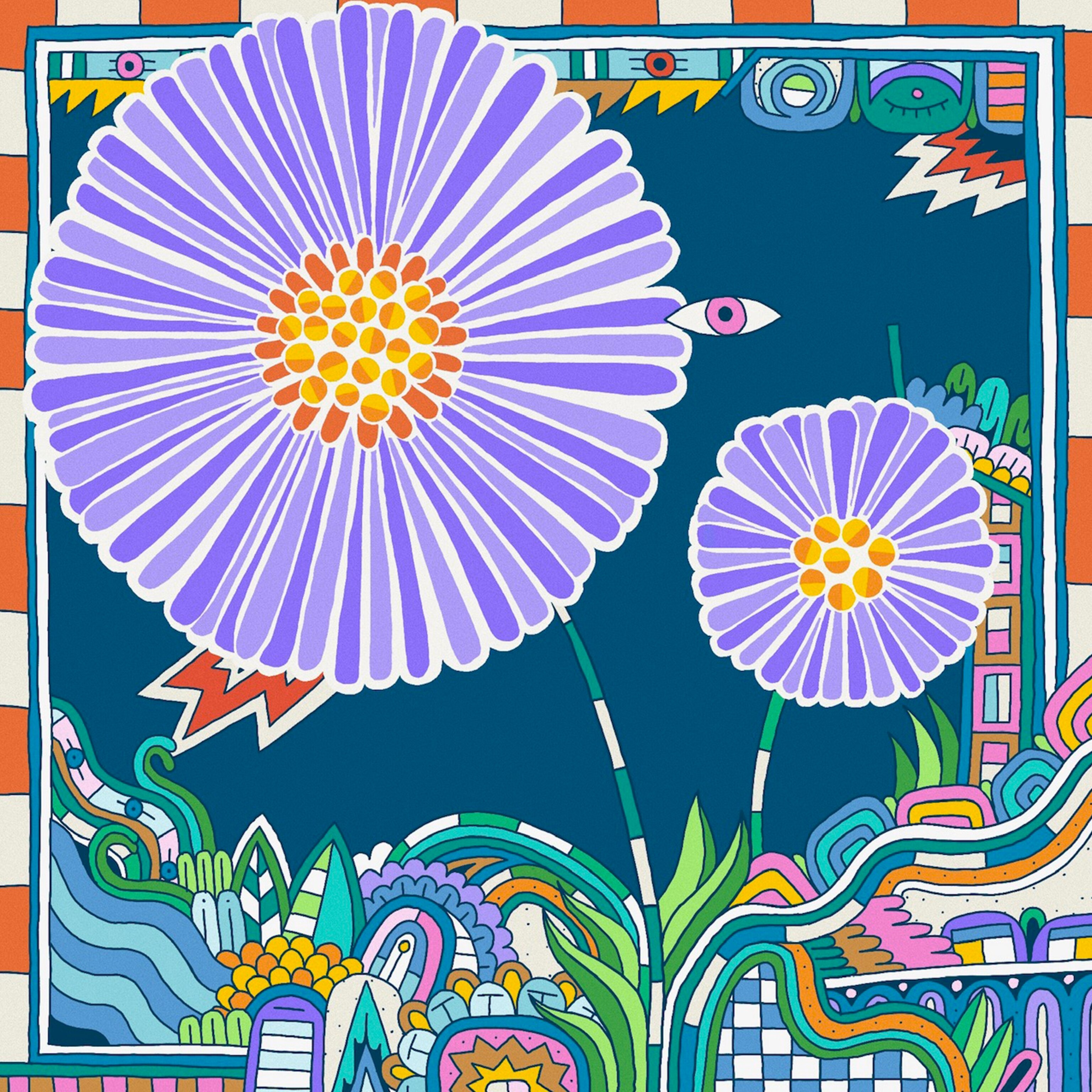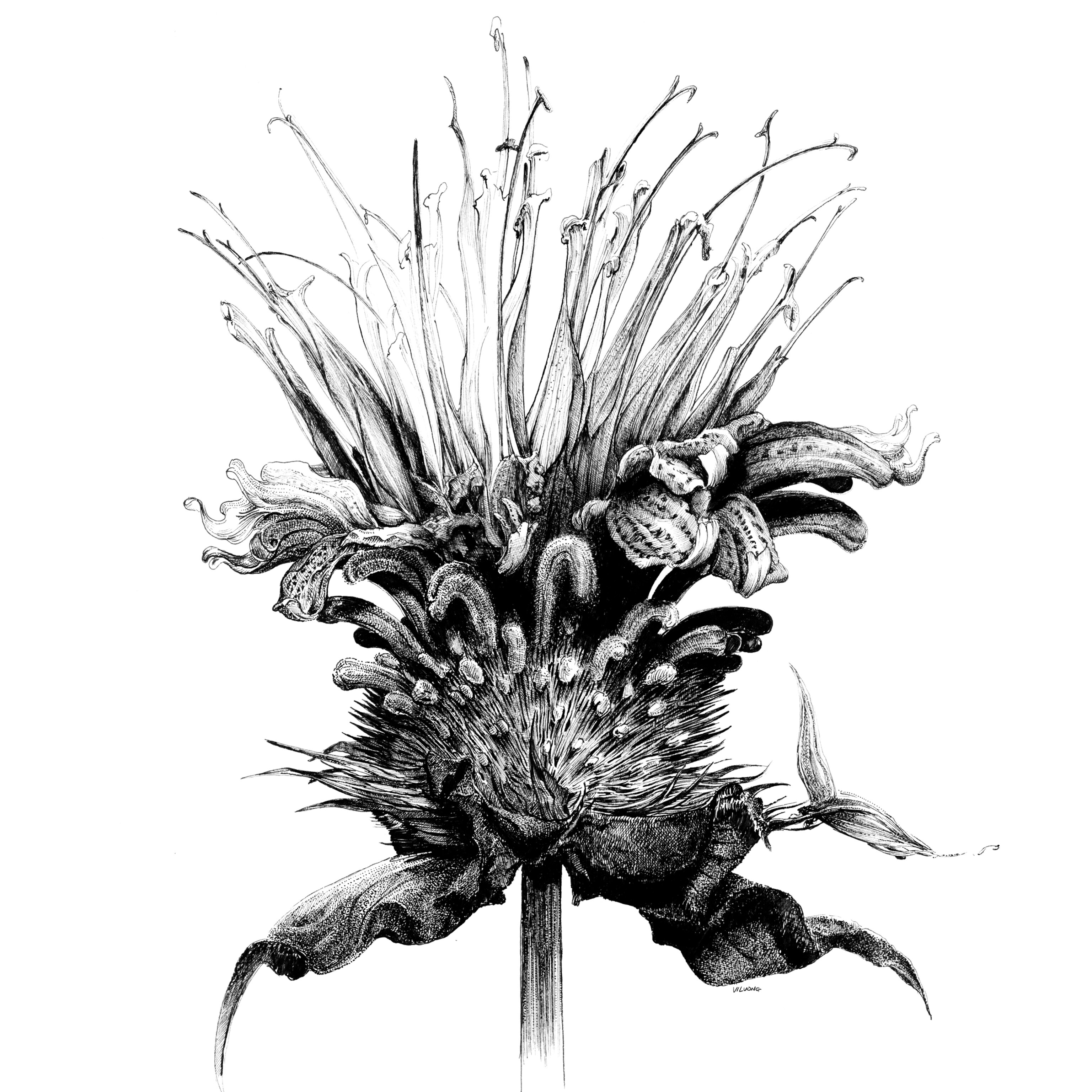How to spark your own 'Super Bloom' of Wildflowers
Wildflowers are an essential part of our ecosystem—see how you can make a difference by planting your own.
No matter where you look outdoors, spring tends to bring with it a burst of life. If conditions are just right, sometimes that burst is a super bloom. This periodic explosion of wildflowers in California and other places can be so intense that it's visible from space.
A super bloom—or any patch of wildflowers, for that matter—has the power to stop us in our tracks with vivid hues and sweet scents. But there's a much bigger story that we don't necessarily see behind those pops of color. It's about what wildflowers do for the Earth and for people, and why we can't take them for granted.
Planting native wildflowers saves the insects that we all depend on to keep Earth’s ecosystems in balance. Without 'them,' there is no 'us.'Joel Sartore, National Geographic Photographer and conservationist
The power of wildflowers
Joel Sartore, National Geographic Photographer and conservationist, hails from Lincoln, Nebraska, a city at the eastern edge of the U.S. Great Plains. At home and at his office, he's made a point of planting native wildflowers, including a small prairie of them marked by signs that encourage neighbors to start their own gardens of native plants.
Why? Wildflowers need our help. In the U.S. Great Plains alone, over 33 million acres of wildflowers and grasslands have been lost since 2009, according to World Wildlife Fund (WWF), billed as the world’s leading conservation organization. While part of the solution involves conserving existing wildflower habitats all over the world, we can also plant new ones.

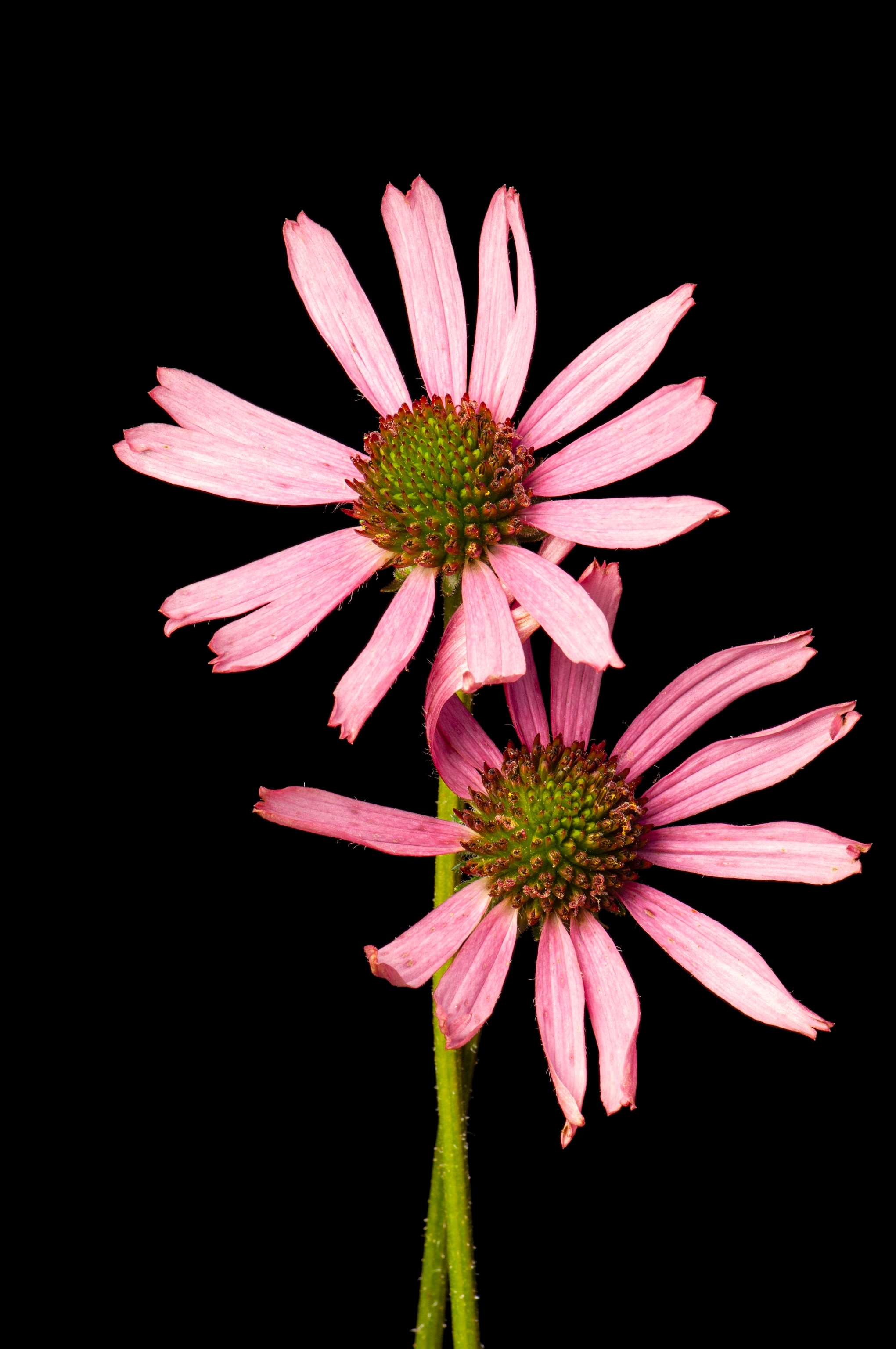
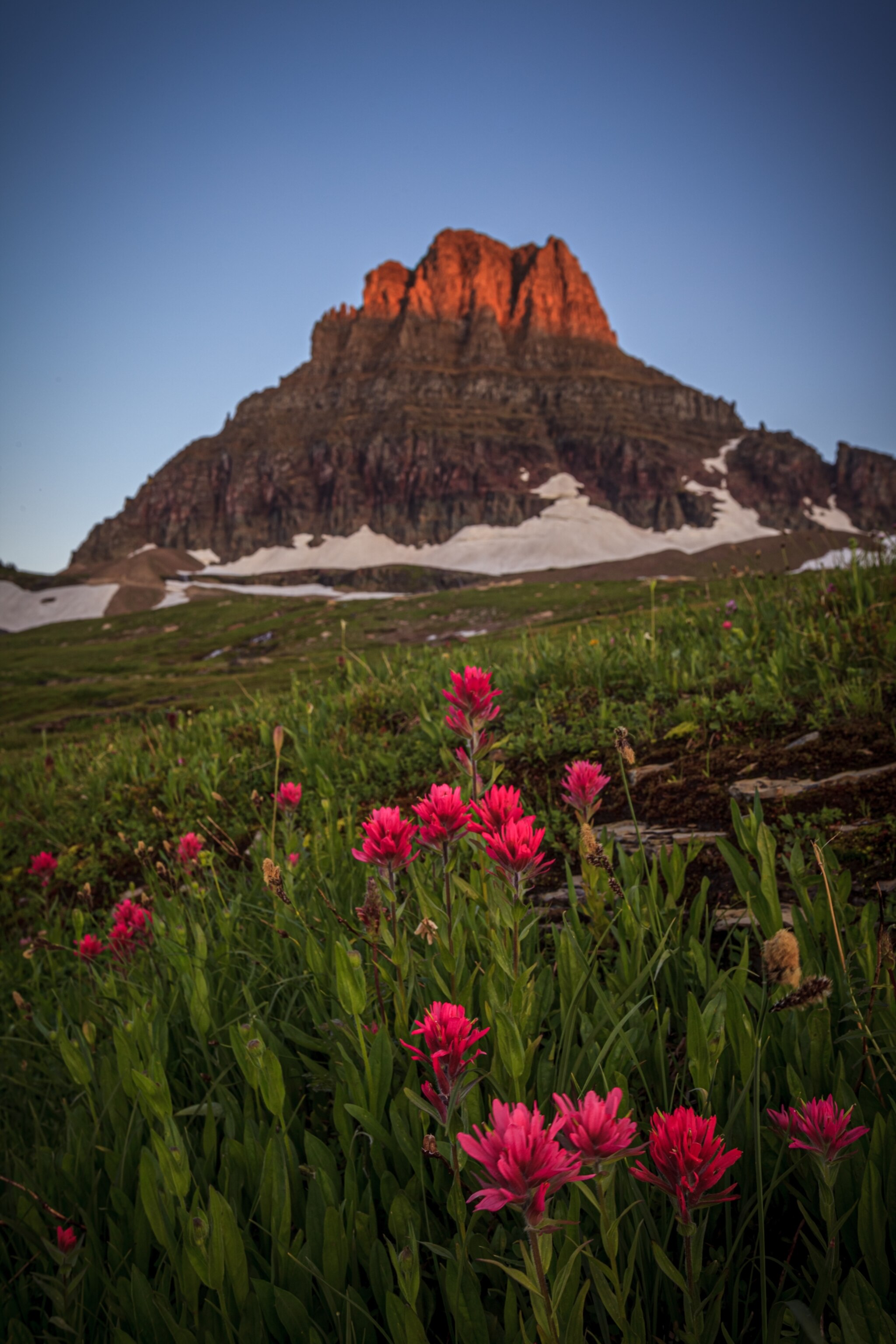
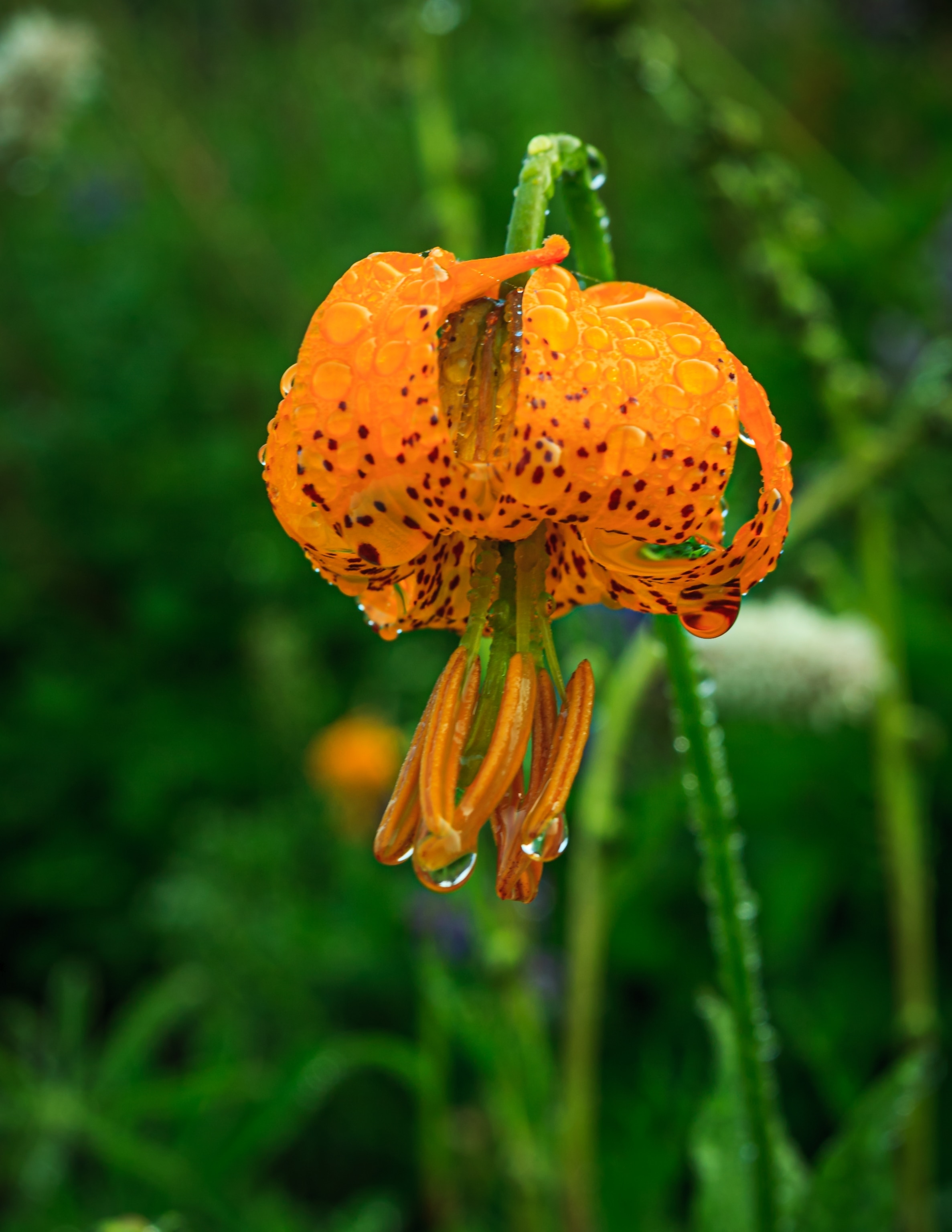
You've probably heard that wildflowers support insects like butterflies and bees, which play a huge role in pollinating crops that we depend on for food. That's just one of many ways wildflowers and other native plants are crucial to our ecosystems. Native flowers are part of a living network that supports insects, birds, and other wildlife. They lock carbon within soil, an important part of mitigating climate change. Because they are adapted to their natural habitats, they don't need watering or pesticides. Instead, they filter and store water, along with key nutrients, within their extensive root systems. WWF expert Clay Bolt has compared the Great Plains’ grassland habitats where wildflowers thrive to inverted forests.
And, of course, they look beautiful, making them an appealing addition to any landscape.

"If we hope to inspire children to grow up fighting to save the planet, wildflowers are a perfect fit; they’re beautiful, help out pollinators tremendously, and get kids thinking about nature with a sense of wonder," Sartore says. "These places literally serve as outdoor classrooms, plus they clean our air, soil, and water."
To aid in that fight, Air Wick®, in partnership with WWF, is on a three-year mission to reseed one billion square feet of native wildflower and grassland habitats in the Northern Great Plains by 2024.
What you can do
To date, Air Wick® has planted over 50 million square feet of native wildflowers and grassland habitats—and is looking to spark a people-driven Super Bloom. For every person who shares a photo or video of a wildflower on Instagram with the hashtag #SquareFootSuperBloom by June 1, 2022, Air Wick® and WWF will plant one square foot of wildflowers in the Northern Great Plains.
You don't have to be an avid gardener or have lots of land to participate in this effort. As the hashtag's name implies, an area as small as one square foot can have an impact. If you live in a city, pot up a window box, a space on your balcony, or a rooftop. Don't have anything to plant? Sign up and Air Wick® will send you a free pack of seeds that is native to your U.S. region.
Another way to get involved beyond your own space at home is to investigate how public green spaces near you are managed, Sartore recommends. You can also volunteer at a local nature center or community garden that is planting native species.
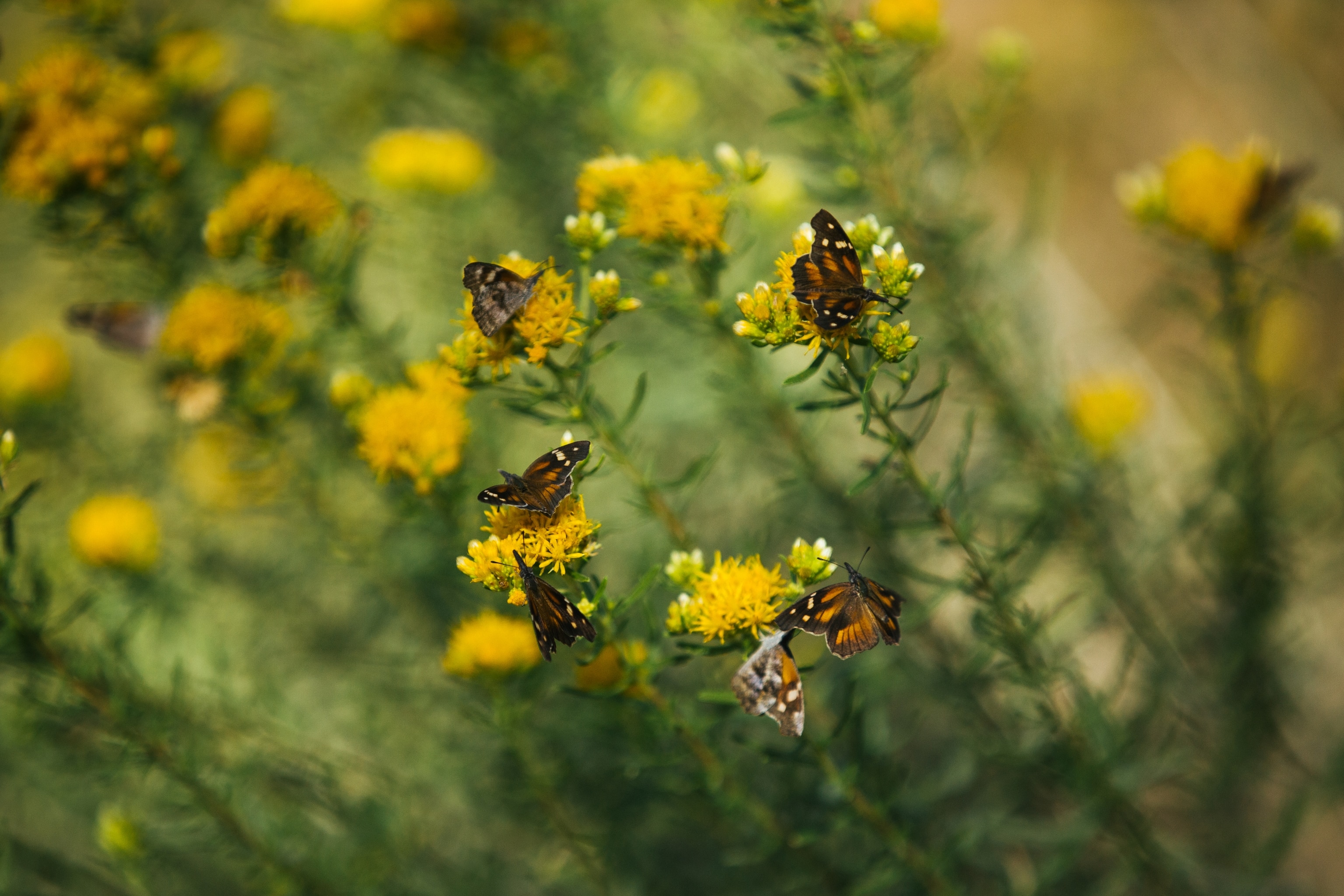
If you aren't sure what types of plants are native to your area, ask at a nearby garden center or search online—many organizations, such as the Audubon Society, have native plant finder databases that tell you what species to plant in your zip code.
"I believe that people want to help make the planet a better place, but they just don’t know where to start," Sartore says. "Planting wildflowers and other plants that are native where you live is a great way to bring color and vitality to your neighborhood."

